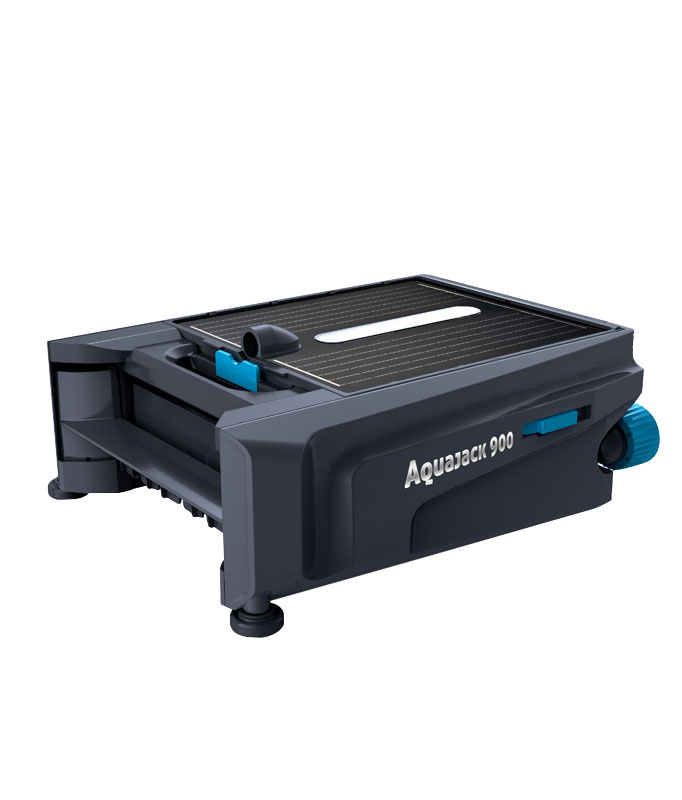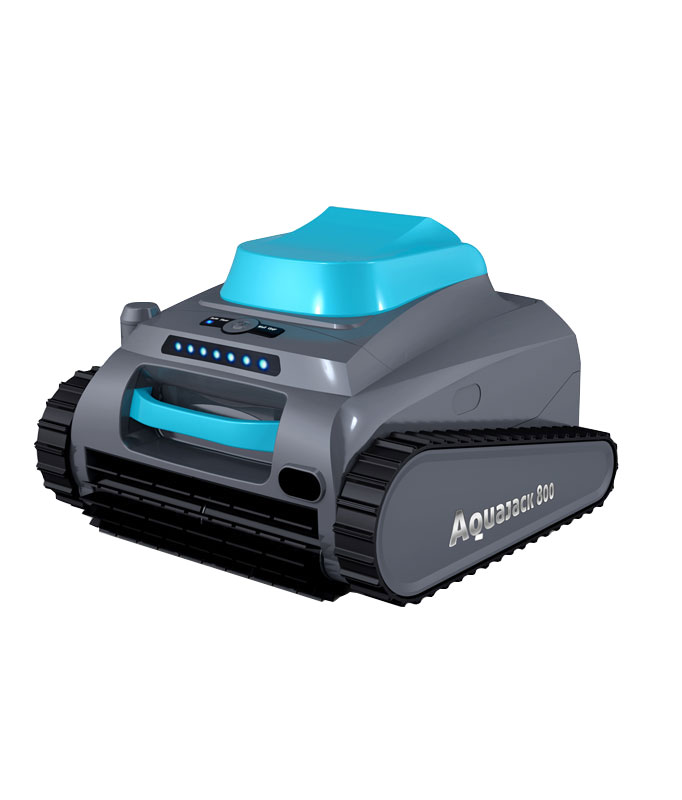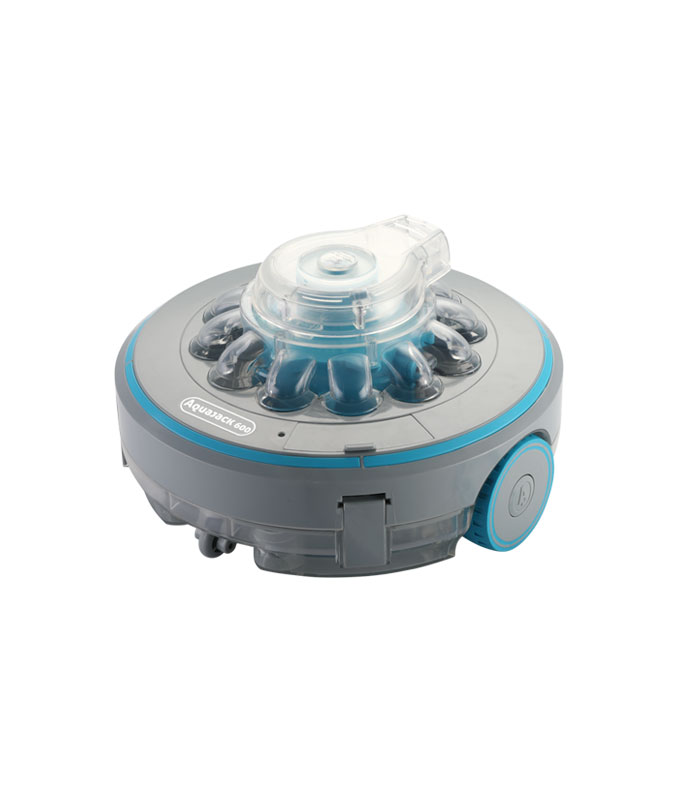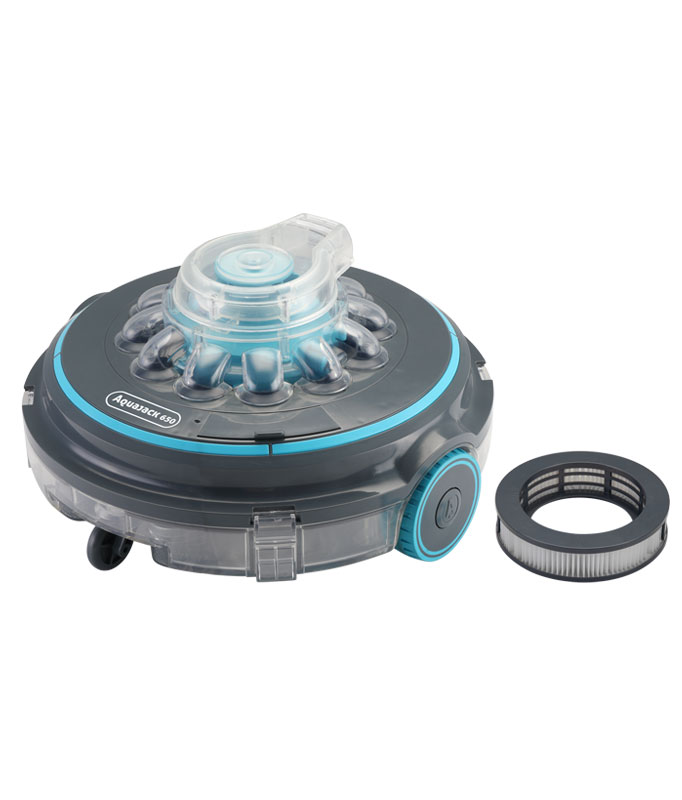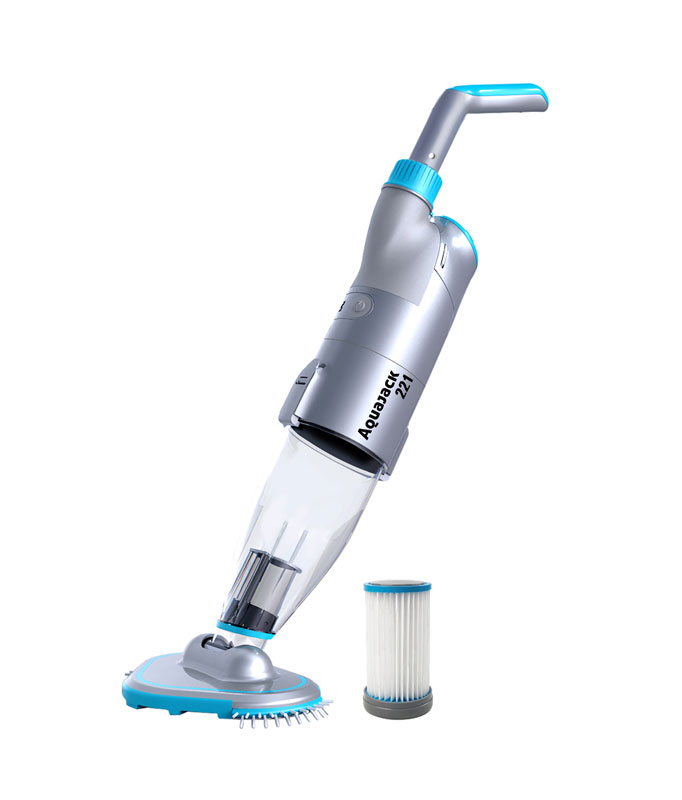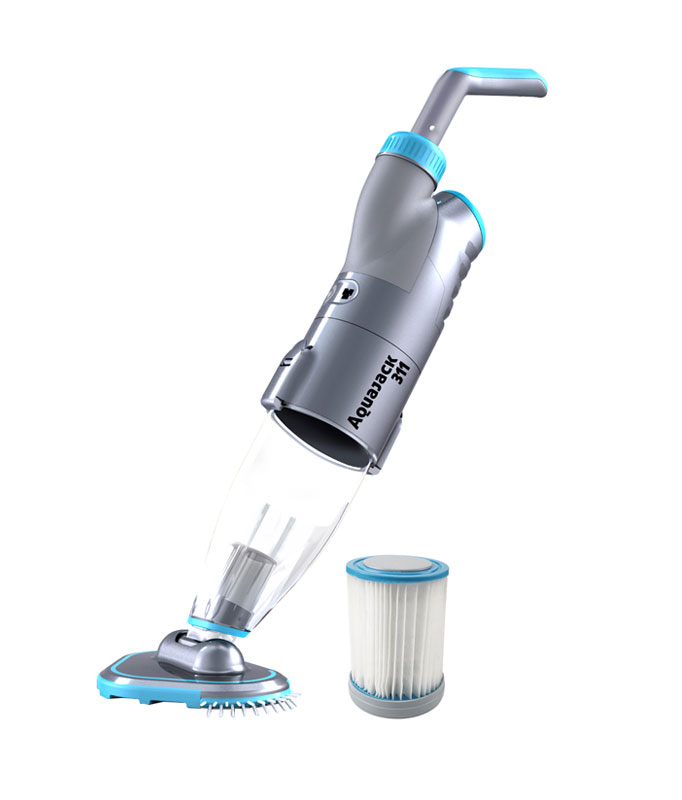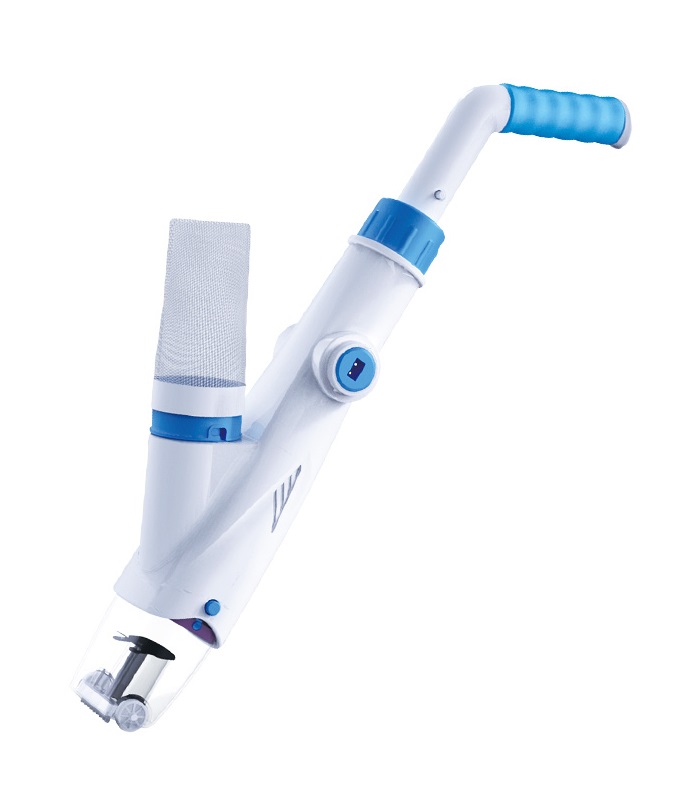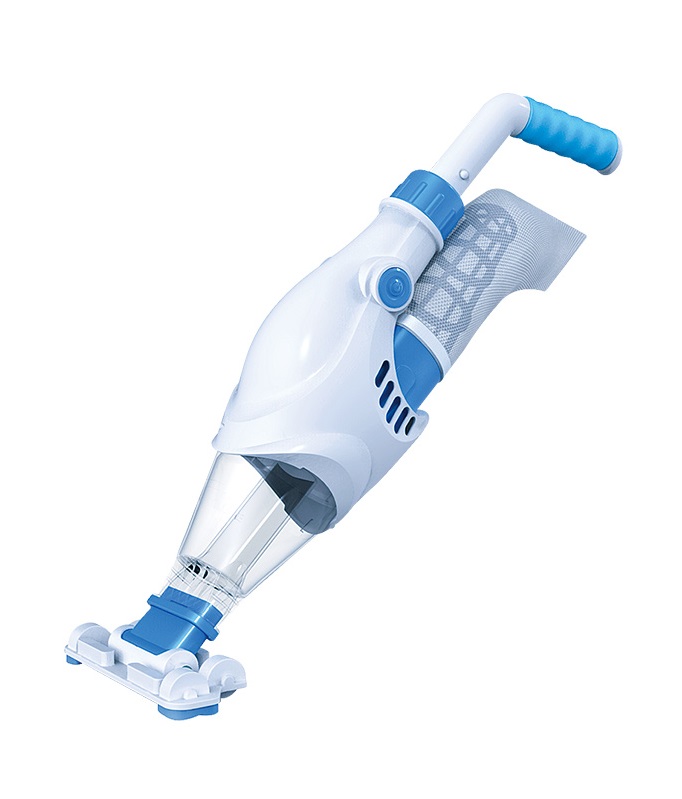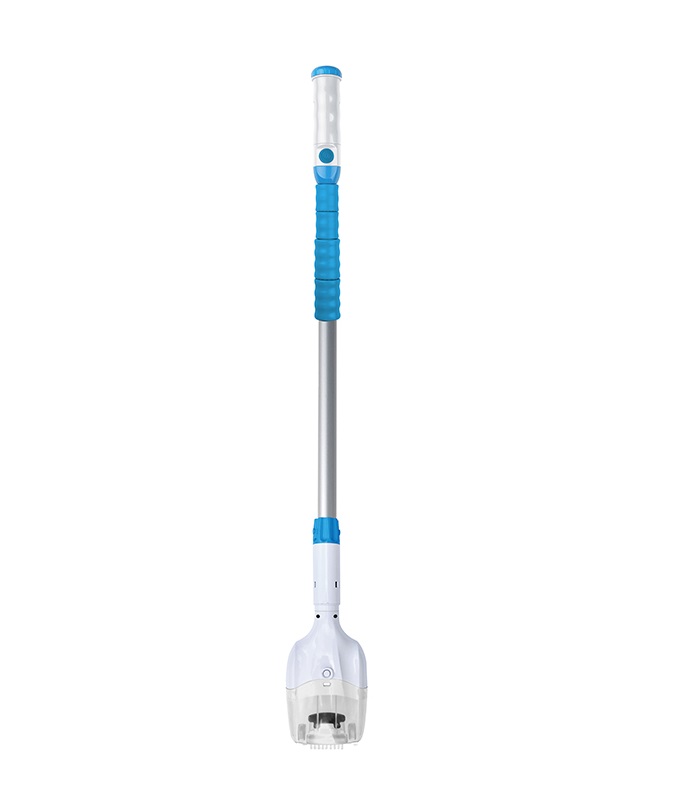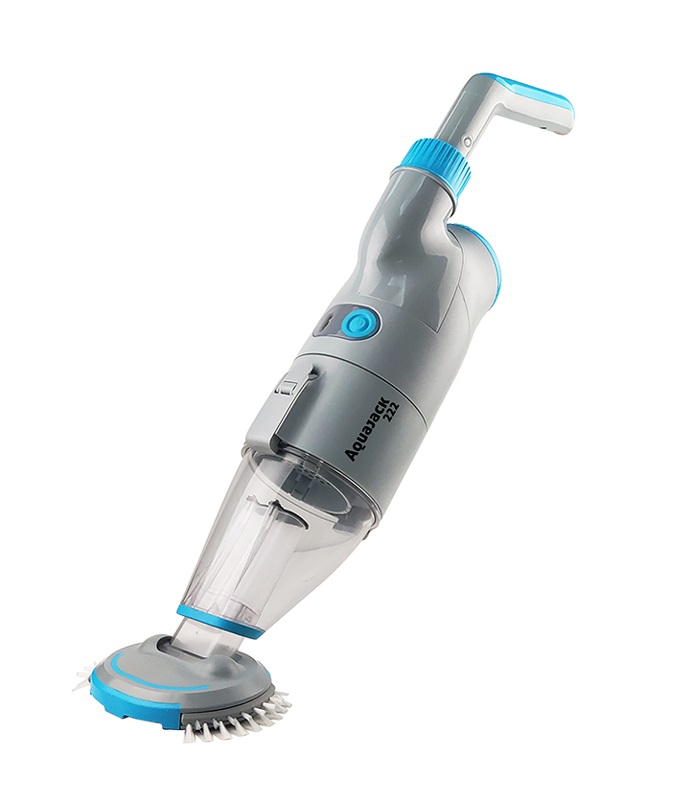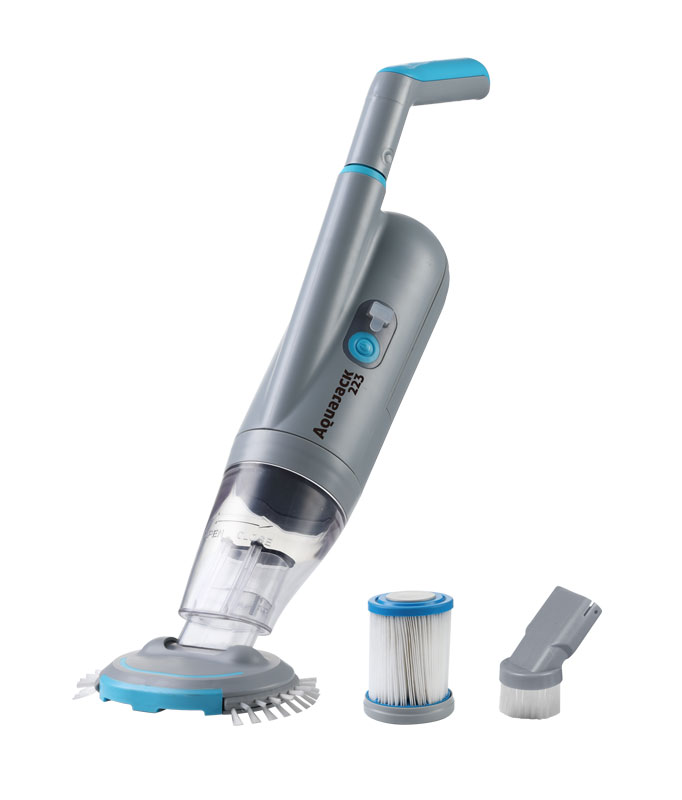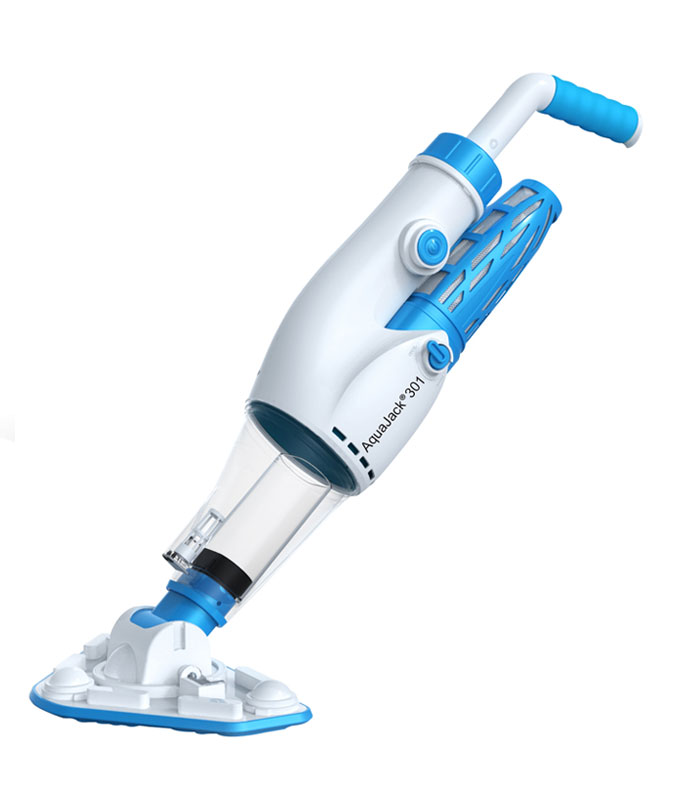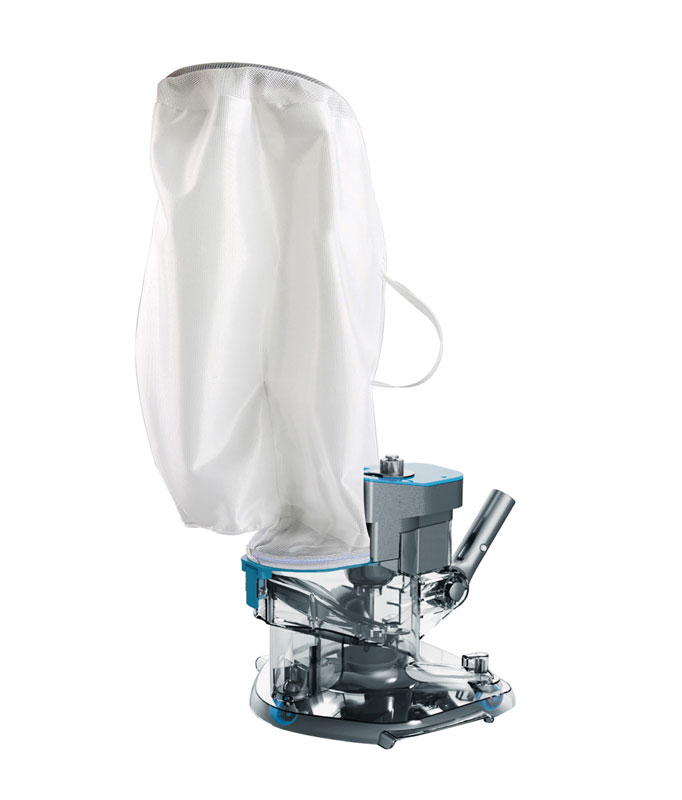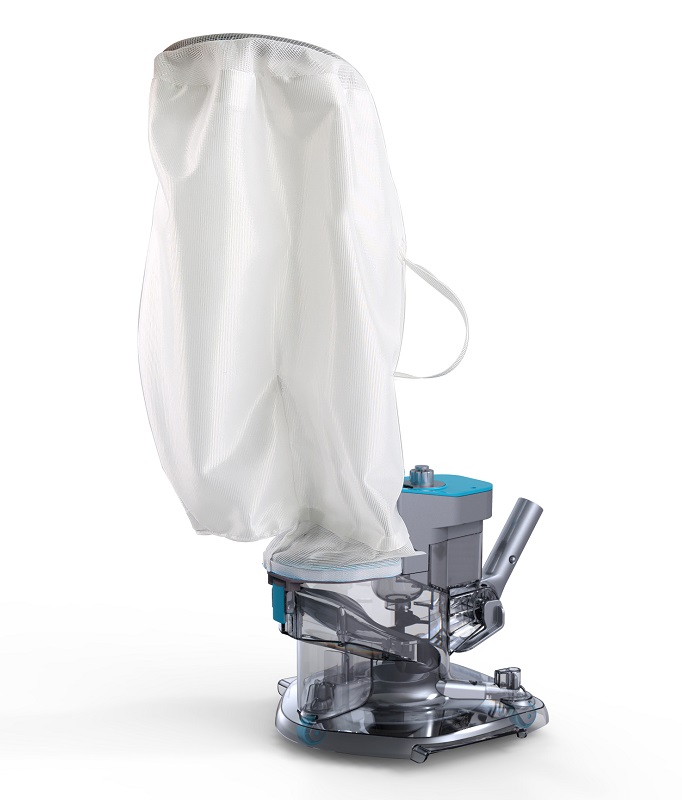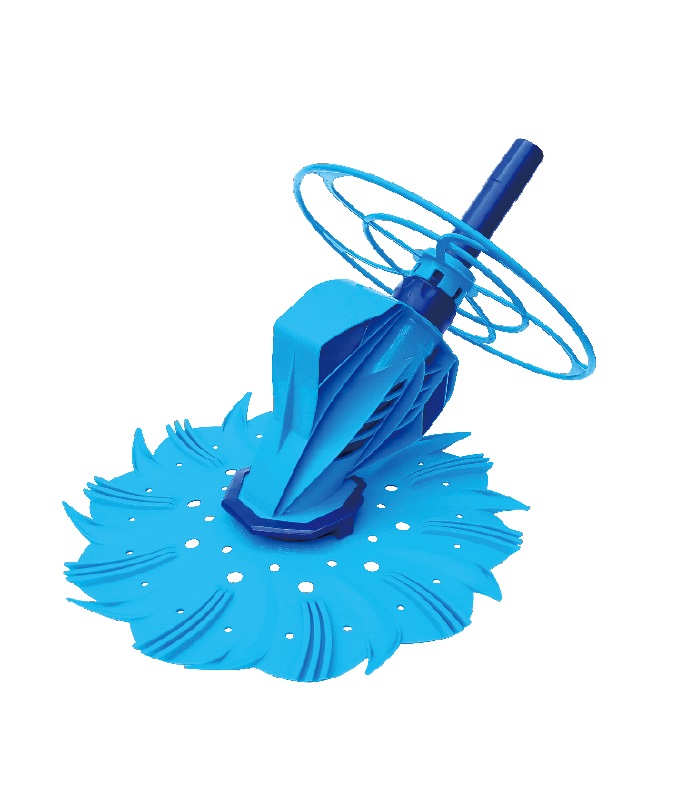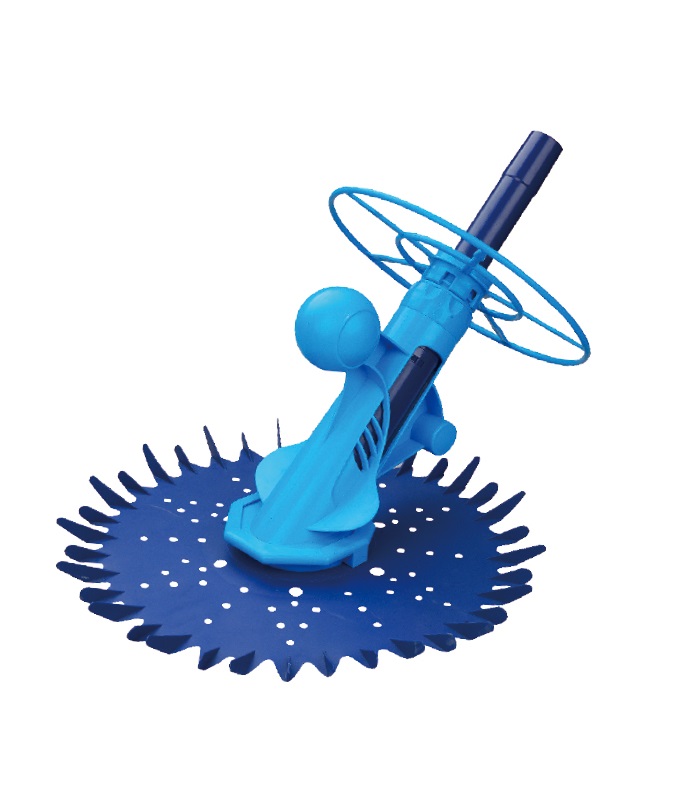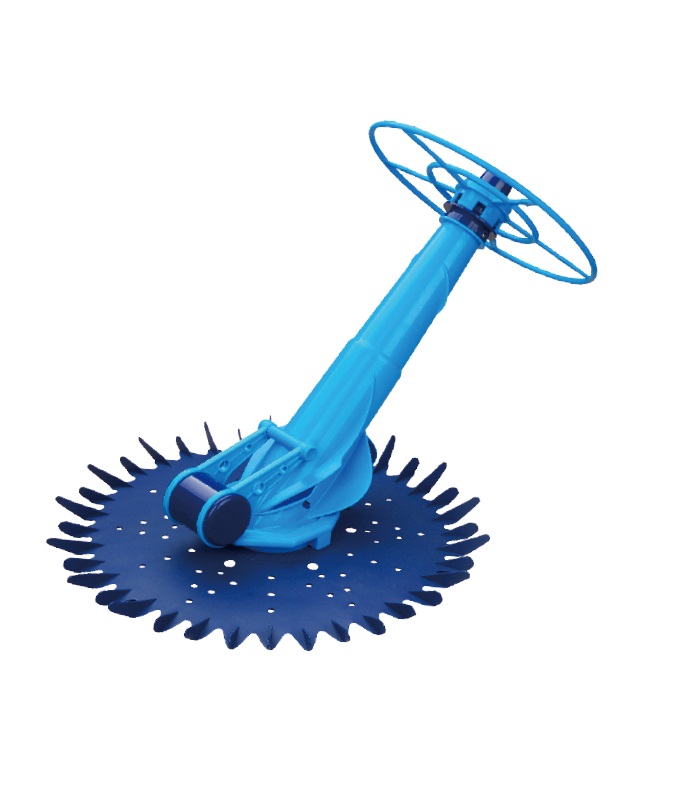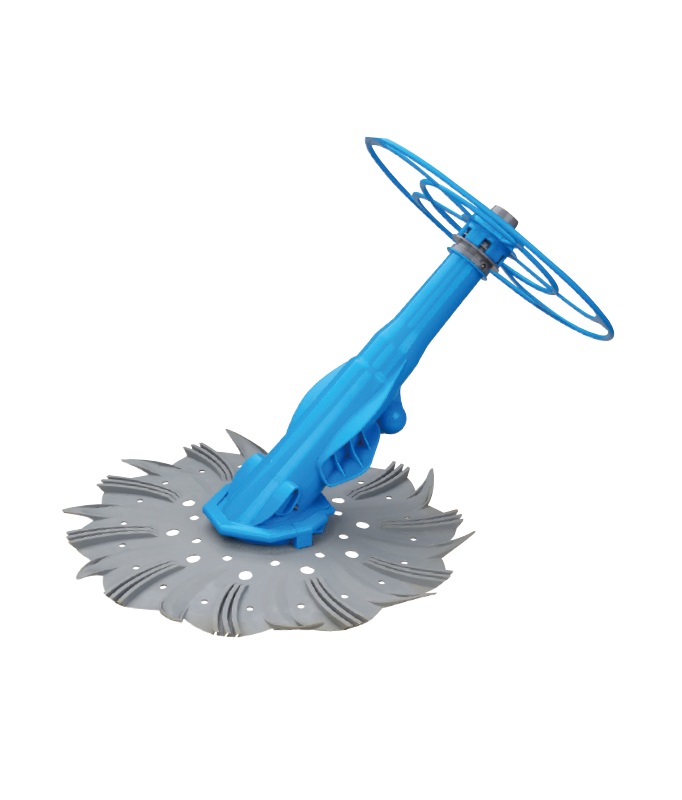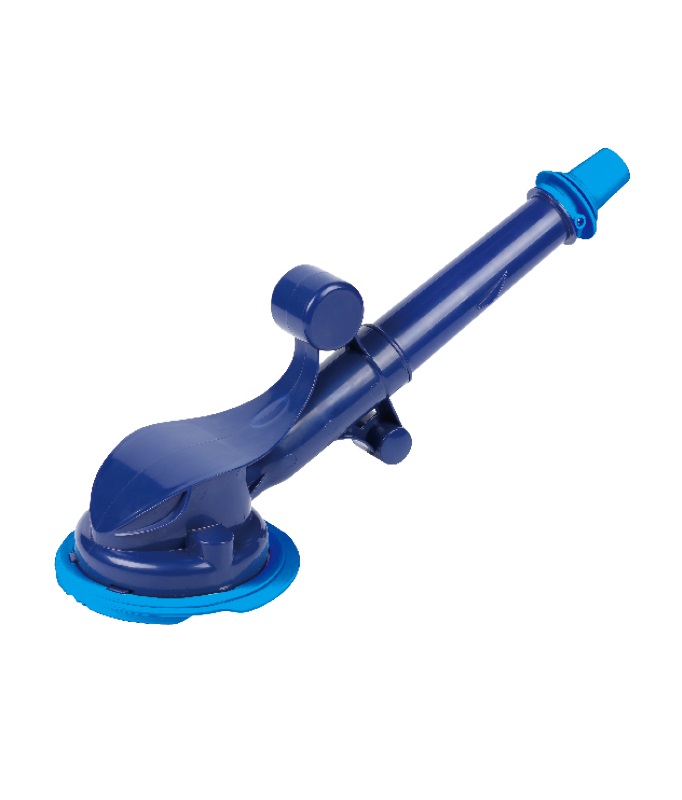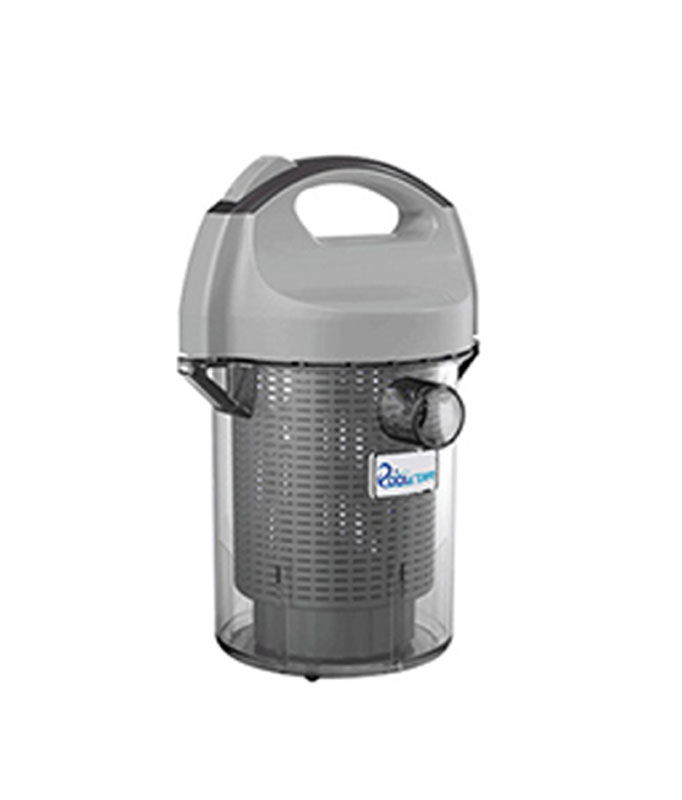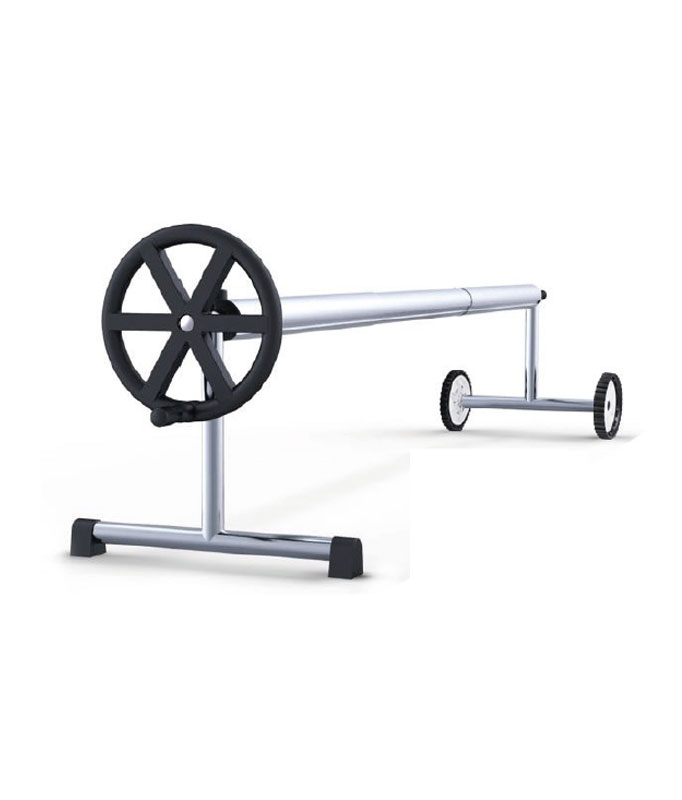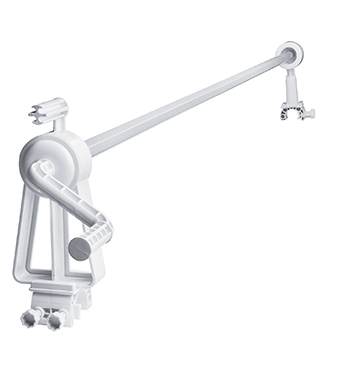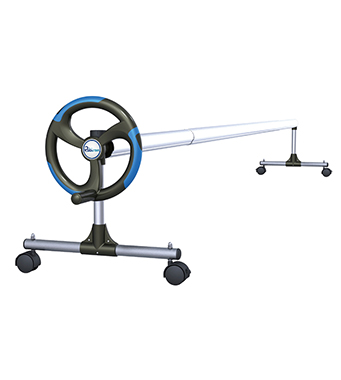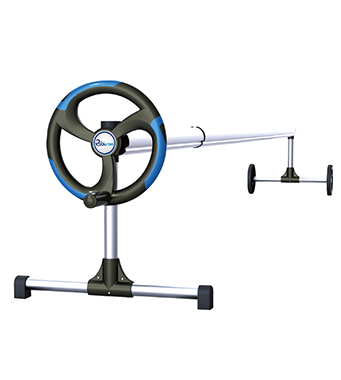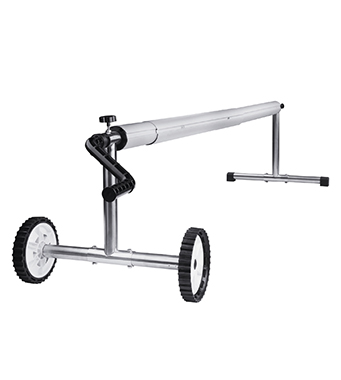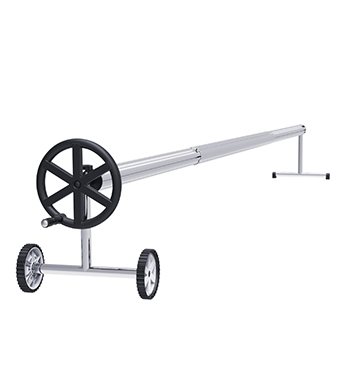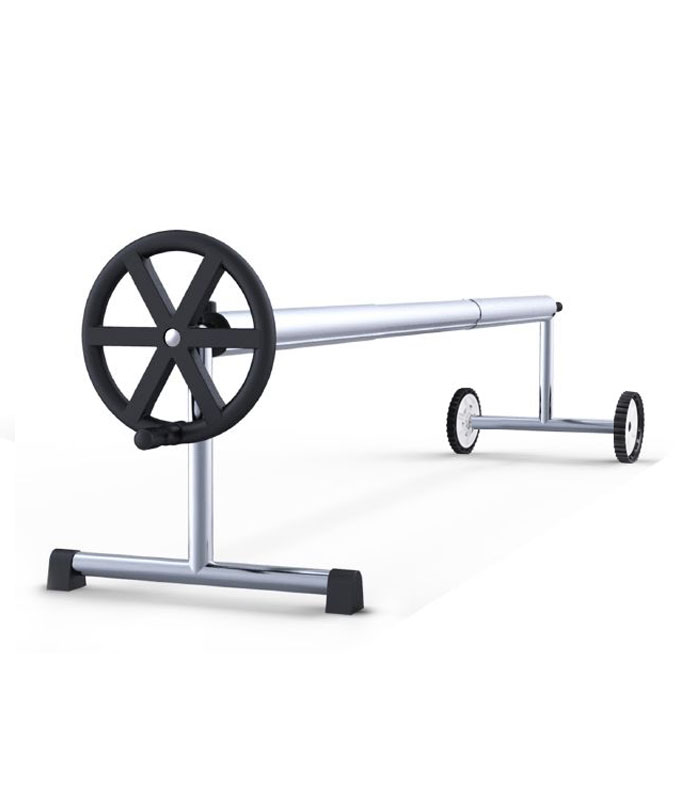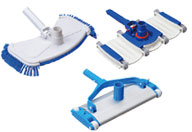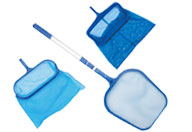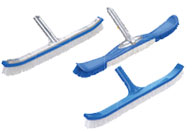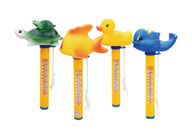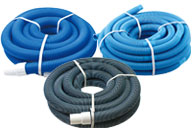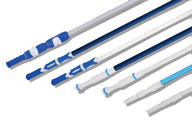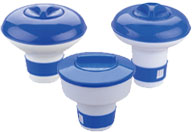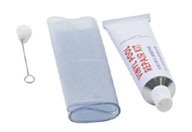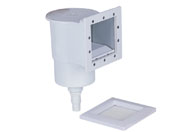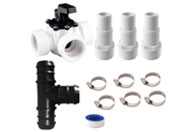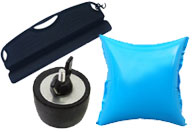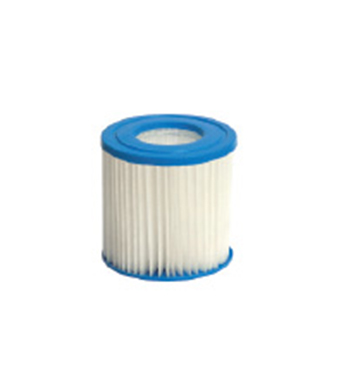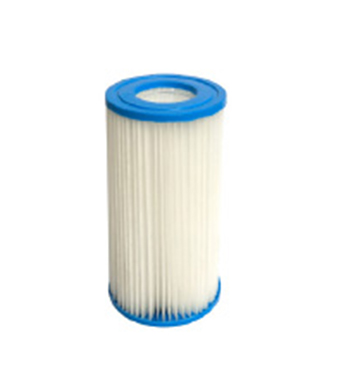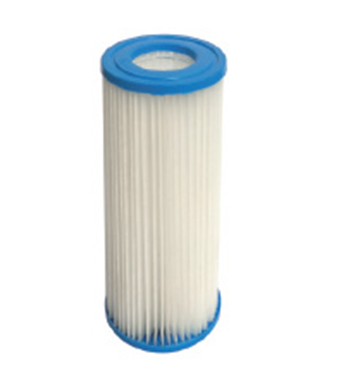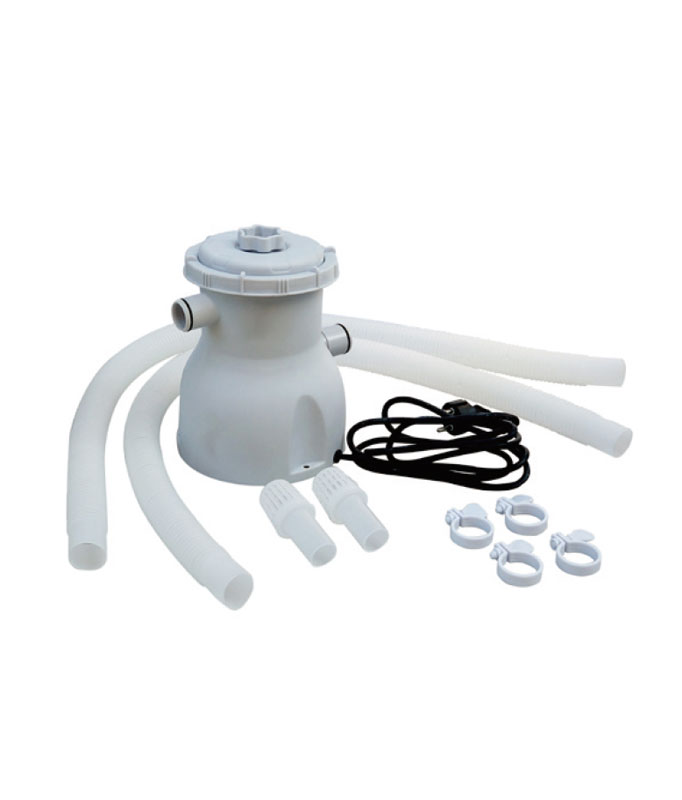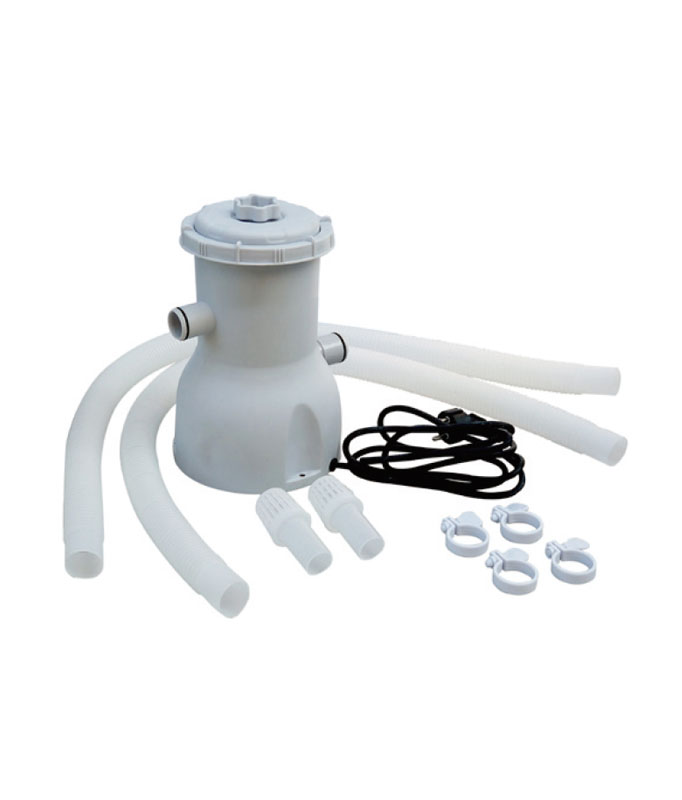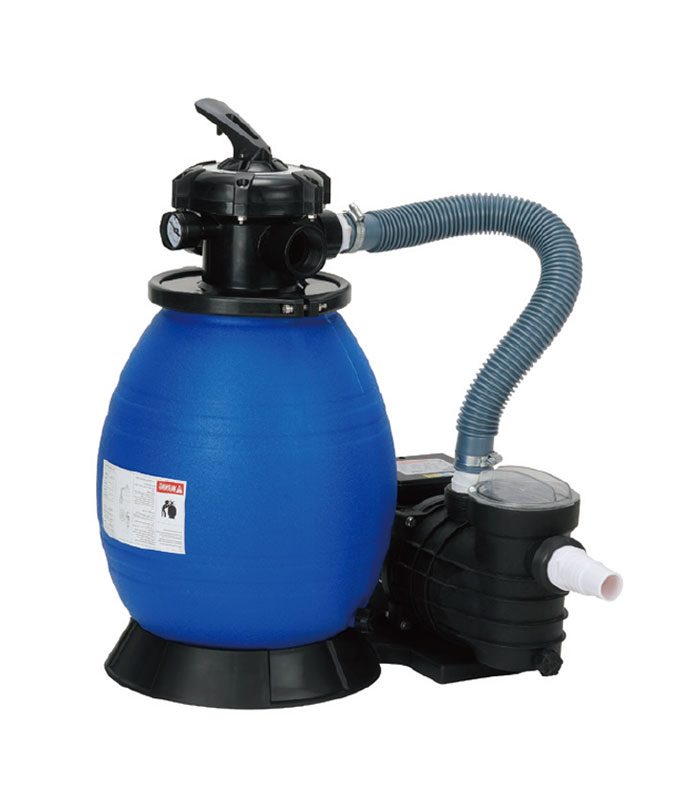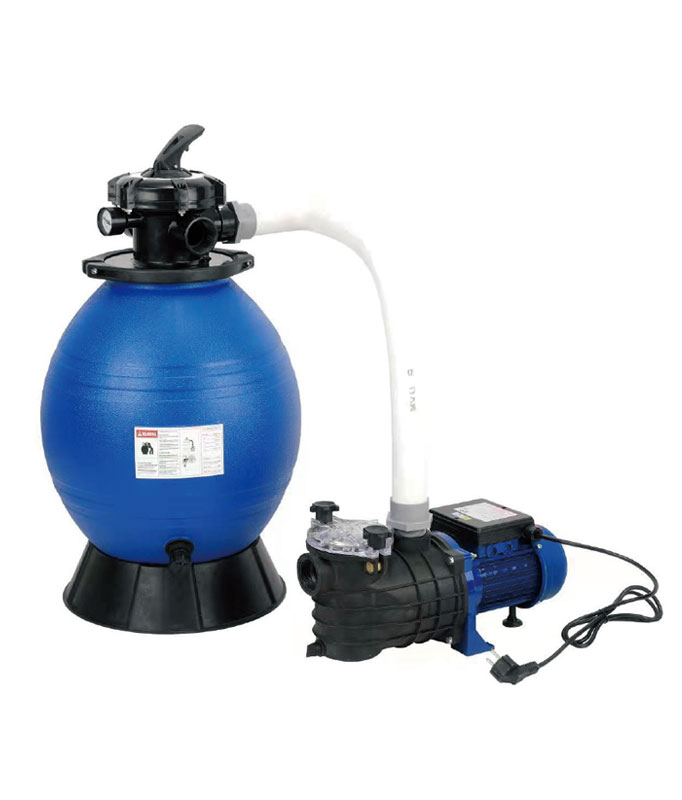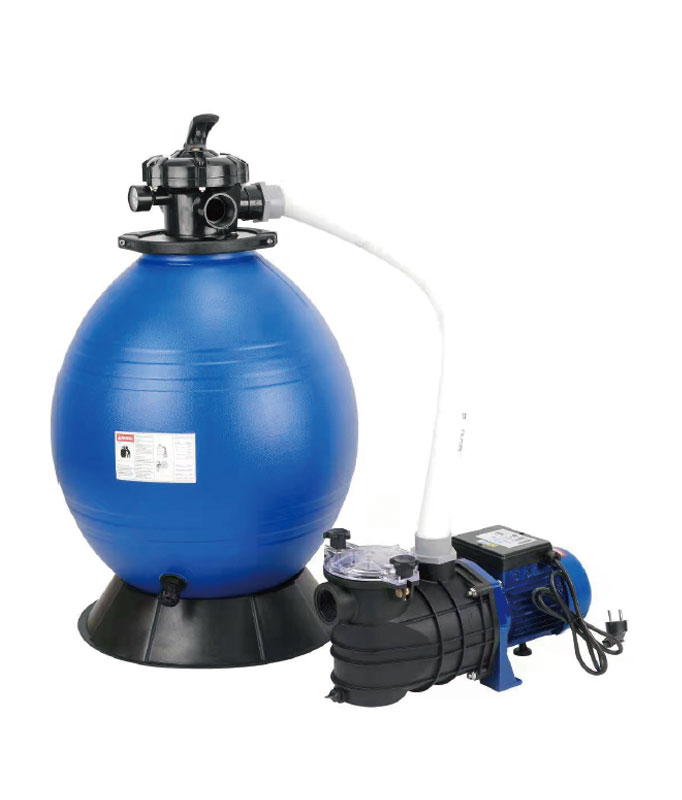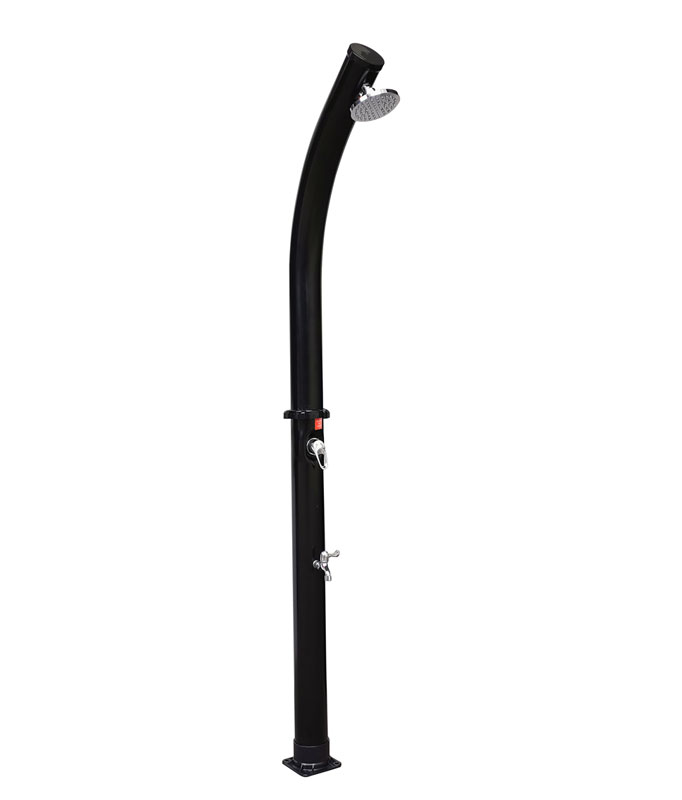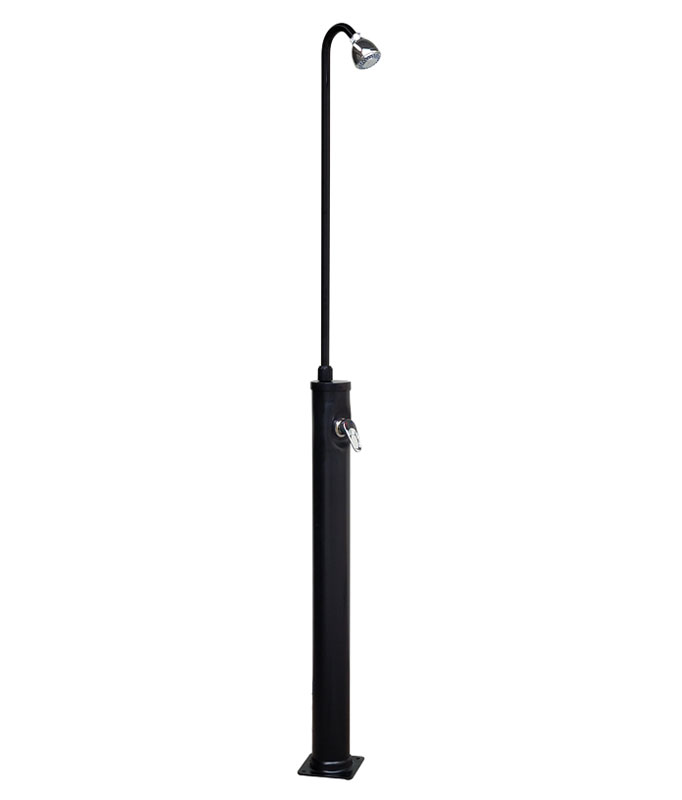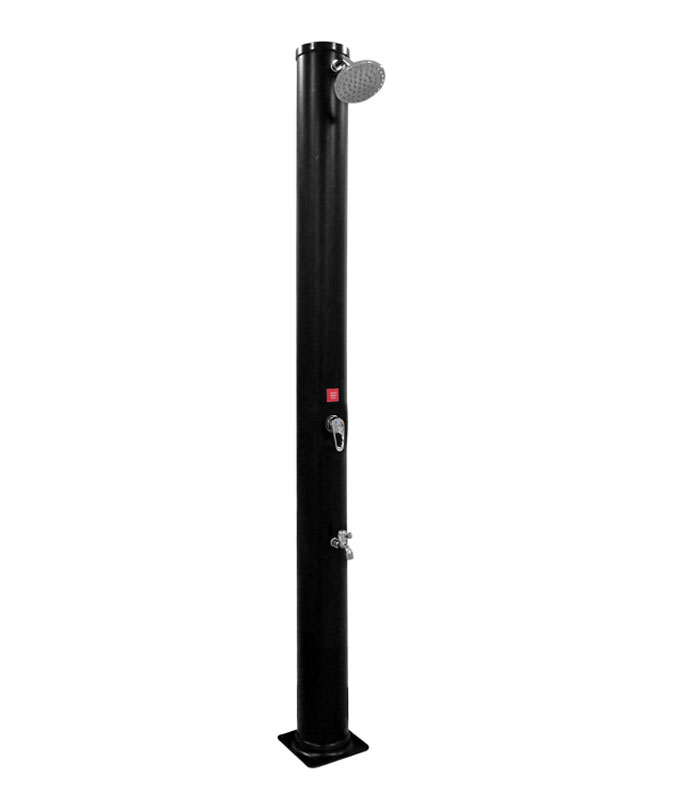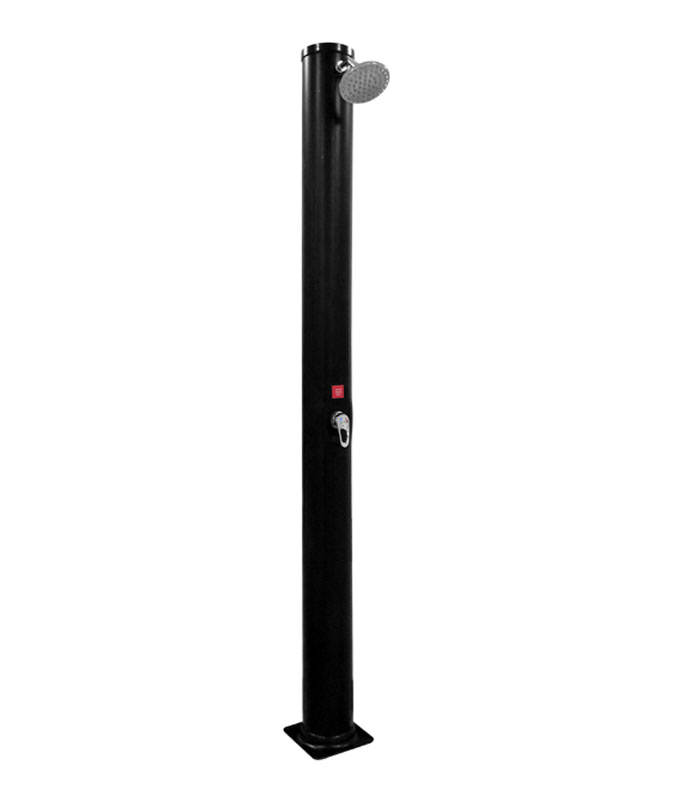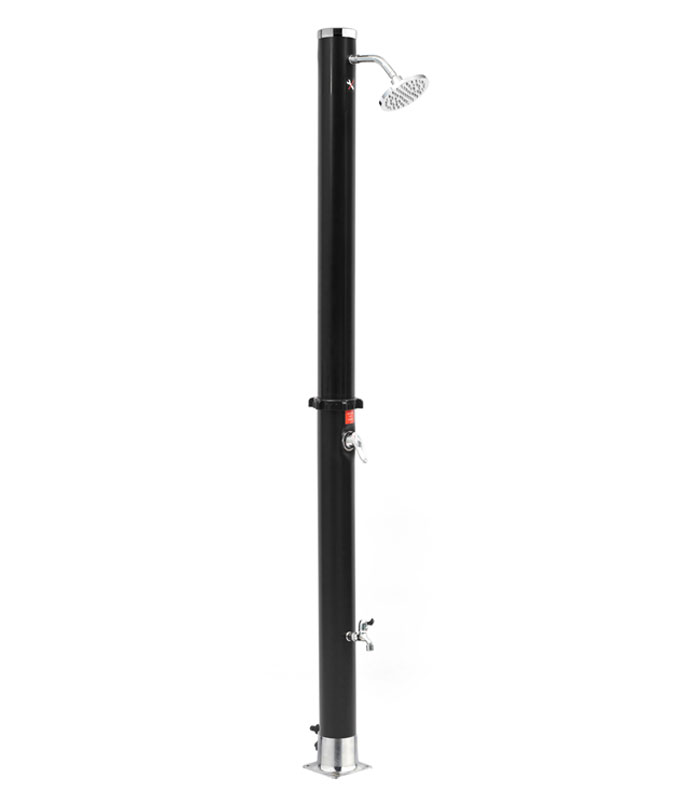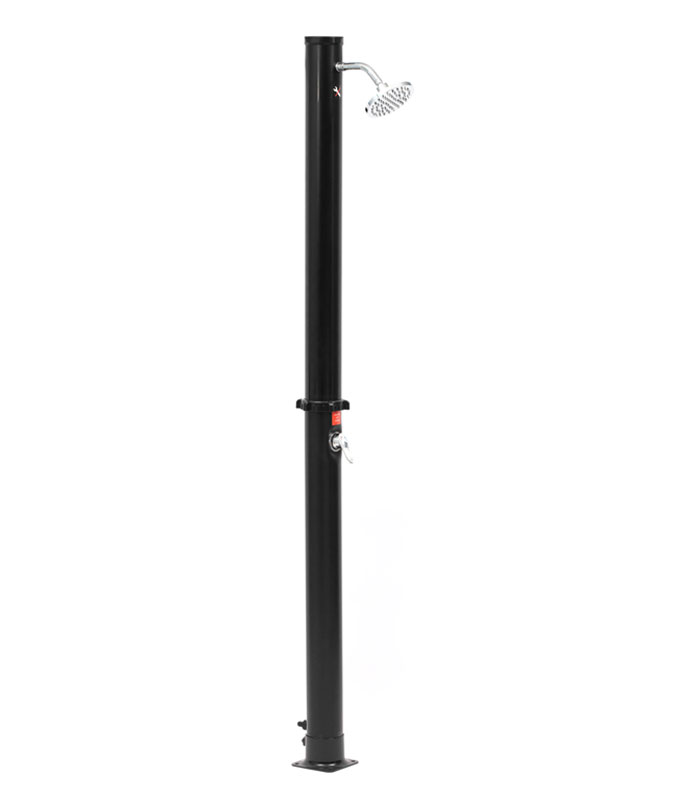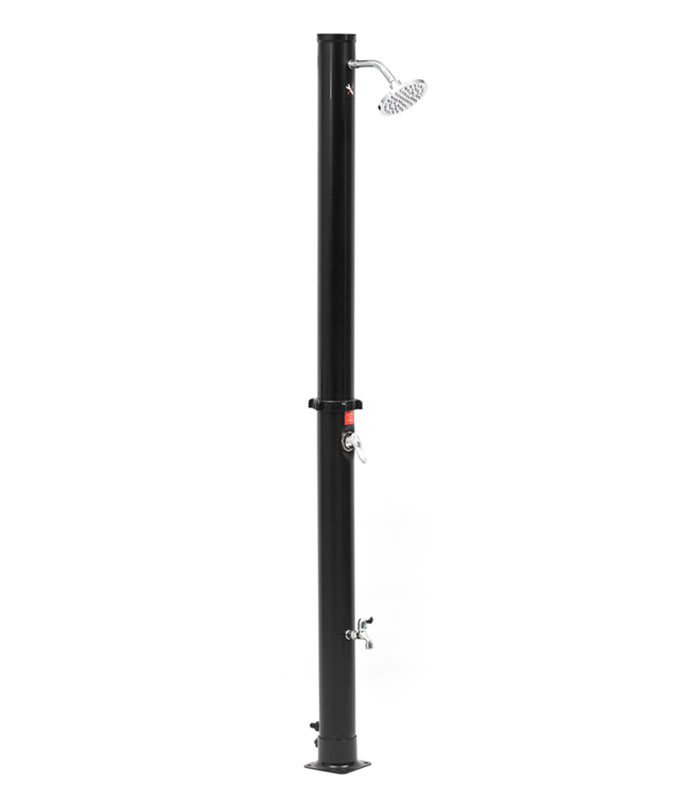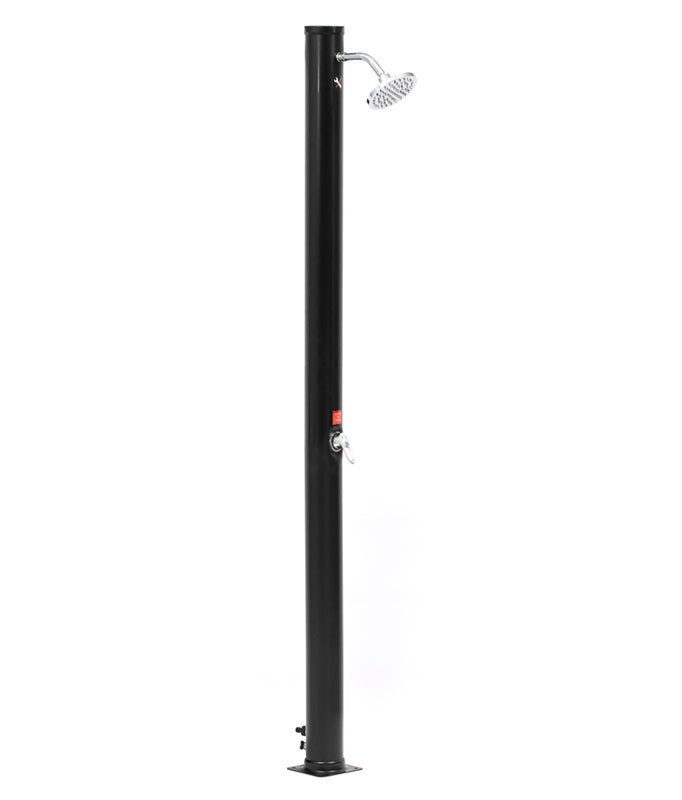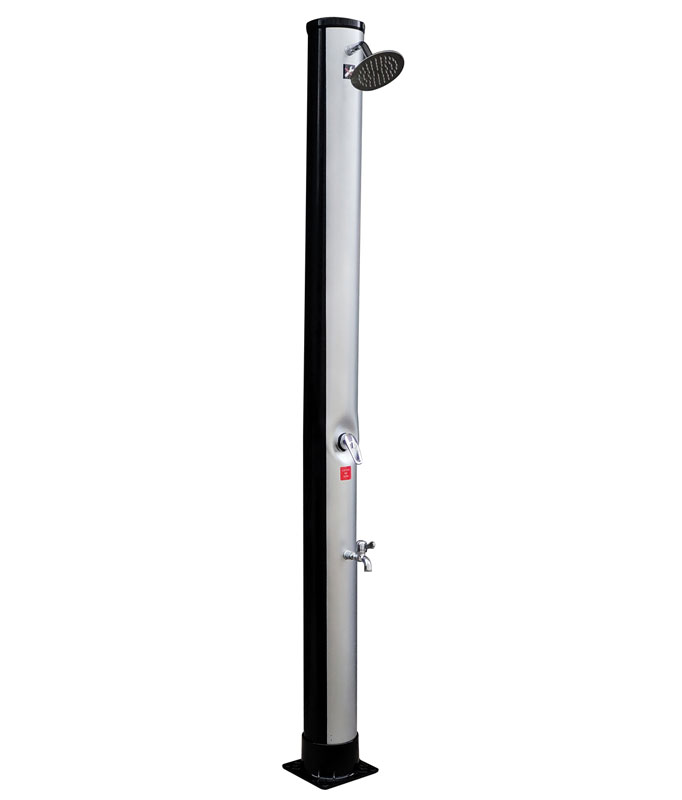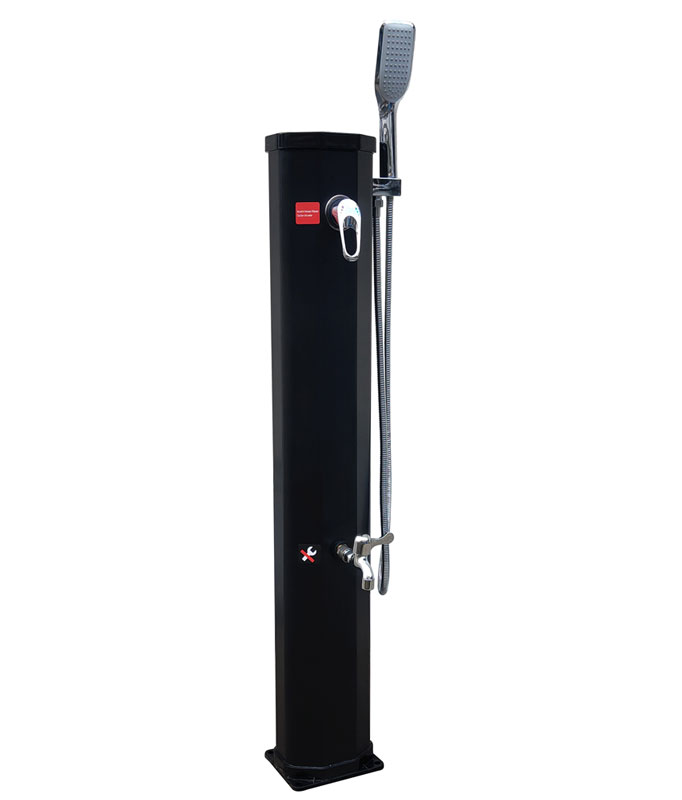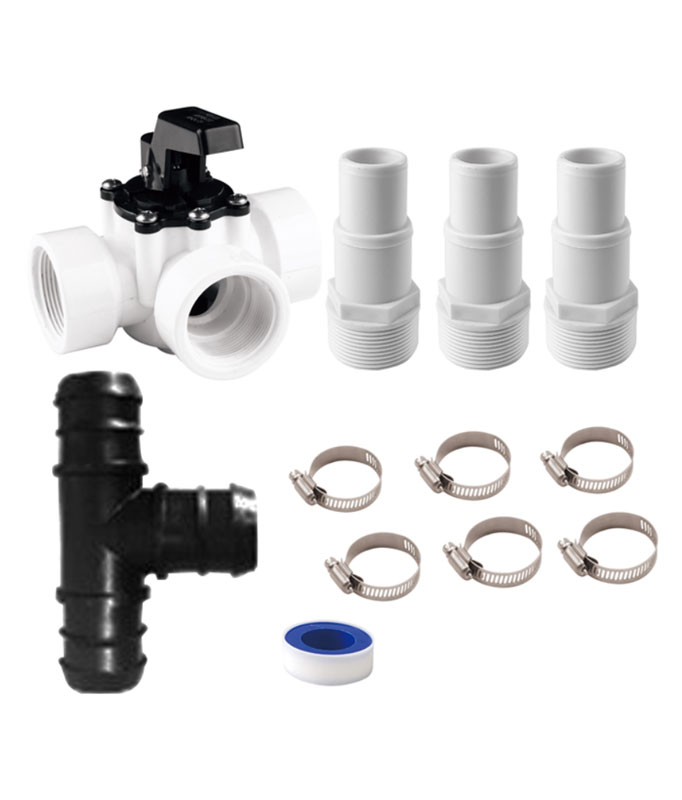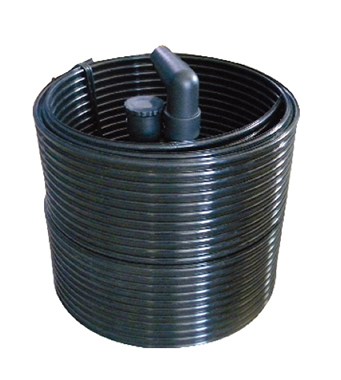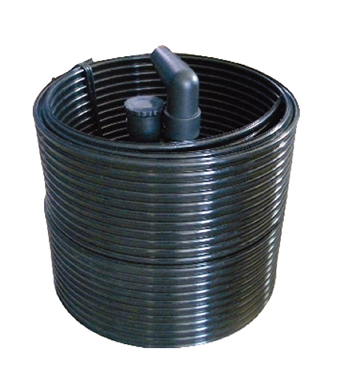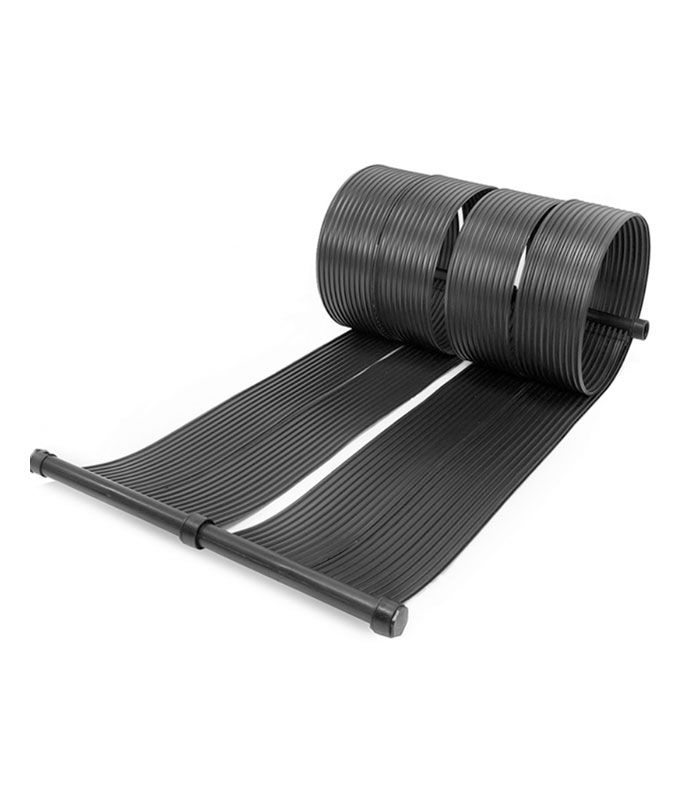Proper care for your pool robot tires keeps your cleaner performing at its best and saves you money. Worn tires reduce efficiency, making cleaning slower and less effective. Inspect your tires often and clean them regularly to prevent damage. For a deeper understanding, explore the analysis of tire wear for robot swimming pool cleaners: comparison of wear rates for different grounds. Learn more about pool robots at https://www.cnpoolstar.com/product/aquajack650-pool-vacuum-cleaner-4.html.
Key Takeaways
- Check and clean your pool robot tires often. This helps you find damage early and avoid expensive fixes. It also keeps your robot working well.
- Keep your pool robot in a cool, dry spot. This stops the tires from getting damaged by heat or moisture. Storing it right makes the tires last longer.
- Use your pool robot only on surfaces it’s made for. This reduces tire damage and helps it clean better. It saves both time and money.
Why Tire Maintenance Matters
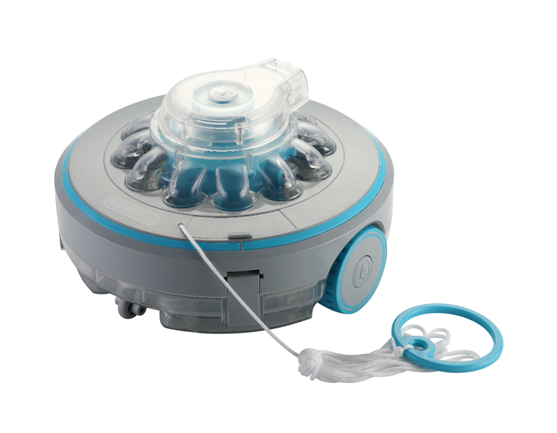
Impact on Cleaning Efficiency
Your pool robot relies on its tires to move smoothly across the pool surface. Worn or damaged tires reduce traction, making it harder for the robot to climb walls or navigate corners. This leads to uneven cleaning and missed spots. Regular tire maintenance ensures your robot can clean efficiently, saving you time and effort. Inspect the tires often to catch early signs of wear. Clean them to remove debris that could affect performance. By keeping the tires in good condition, you help your robot maintain its cleaning power.
Cost Savings from Extended Tire Life
Replacing pool robot tires can be expensive. Proper care extends their lifespan, reducing how often you need replacements. Simple actions like cleaning the tires and avoiding rough surfaces prevent unnecessary wear. These small efforts save you money over time. Investing in maintenance also protects other parts of the robot. Tires in poor condition strain the motor, leading to costly repairs. By taking care of the tires, you avoid these extra expenses.
Analysis of Tire Wear for Robot Swimming Pool Cleaners: Comparison of Wear Rates for Different Grounds
Different pool surfaces affect tire wear. Smooth surfaces like fiberglass cause less damage, while rough surfaces like concrete wear tires faster. Conducting an analysis of tire wear for robot swimming pool cleaners: comparison of wear rates for different grounds helps you understand how your pool impacts the tires. Use this knowledge to adjust your maintenance routine. For example, if your pool has a rough surface, inspect the tires more frequently. This proactive approach keeps your robot running longer and more efficiently.
Essential Maintenance Tips
Regular Cleaning and Inspection
Keeping your pool robot tires clean is one of the easiest ways to extend their lifespan. Dirt, debris, and algae can build up on the tires, reducing their grip and causing unnecessary wear. After each cleaning session, take a few minutes to inspect the tires. Look for cracks, tears, or embedded debris. Use a soft brush or cloth to remove any dirt or grime.
Tip: If your pool has rough surfaces, such as concrete, inspect the tires more frequently. Rough surfaces accelerate wear, as highlighted in the analysis of tire wear for robot swimming pool cleaners: comparison of wear rates for different grounds.
By making cleaning and inspection a regular habit, you can catch small issues before they become costly problems.
Preventing Excessive Wear
Excessive wear on pool robot tires often results from improper use. To prevent this, always use your robot on surfaces recommended by the manufacturer. Avoid running the robot on rough or uneven surfaces outside the pool, as this can quickly damage the tires.
Another way to reduce wear is to limit the robot's runtime. While it may be tempting to leave the robot running for extended periods, this increases tire friction and wear. Instead, schedule cleaning sessions based on your pool's size and dirt level.
Note: If your pool has a rough surface, consider using tires designed for durability. This small investment can save you money in the long run.
Replacing Tires at the Right Time
Even with proper care, pool robot tires will eventually need replacement. Knowing when to replace them is crucial for maintaining your robot's performance. Signs that it's time for new tires include reduced traction, visible cracks, or difficulty climbing pool walls.
Check your robot's user manual for guidance on tire replacement. Some manufacturers provide wear indicators on the tires, making it easier to determine when a replacement is necessary. Replacing tires at the right time not only improves cleaning efficiency but also prevents strain on other parts of the robot, such as the motor.
Reminder: Regularly inspecting your tires, especially if your pool has a rough surface, ensures you replace them before they cause performance issues. Refer to the analysis of tire wear for robot swimming pool cleaners: comparison of wear rates for different grounds to understand how your pool's surface impacts tire longevity.
Proper Storage Practices
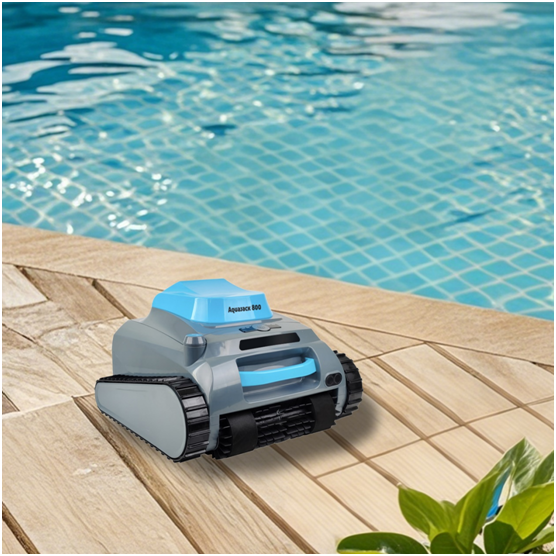
Storing in a Cool, Dry Place
Proper storage plays a key role in extending the lifespan of your pool robot tires. Always store your robot in a cool, dry place when it’s not in use. High humidity can cause the tires to degrade over time, while extreme temperatures may weaken the rubber. A storage area like a garage or a shed with good ventilation works well. Avoid placing the robot near heaters or air conditioners, as sudden temperature changes can harm the tires.
Tip: Use a storage caddy or stand to keep the robot off the ground. This prevents unnecessary pressure on the tires during storage.
Avoiding Prolonged Sun Exposure
Direct sunlight is one of the biggest enemies of pool robot tires. UV rays can cause the rubber to crack and lose elasticity, reducing the tires’ effectiveness. After using the robot, remove it from the pool and store it away from sunlight. If you need to leave it outside temporarily, cover it with a UV-resistant tarp or cloth.
Reminder: Prolonged sun exposure accelerates wear, especially on rough surfaces. Refer to the analysis of tire wear for robot swimming pool cleaners: comparison of wear rates for different grounds to understand how environmental factors impact tire durability.
Cleaning Tires Before Storage
Before storing your pool robot, clean the tires thoroughly. Dirt, algae, and debris left on the tires can harden over time, making them less effective. Use a soft brush or cloth to remove any buildup. Rinse the tires with clean water and let them dry completely before storage. This simple step prevents long-term damage and ensures the tires are ready for the next cleaning session.
Note: Regular cleaning also helps you spot early signs of wear, such as cracks or thinning rubber. Addressing these issues promptly keeps your robot in top condition.
Common Mistakes to Avoid
Using the Robot on Rough or Unsuitable Surfaces
Using your pool robot on rough or unsuitable surfaces can cause significant damage to its tires. Surfaces like concrete or sharp-edged tiles wear down the rubber quickly, reducing the tires' lifespan. Always check the manufacturer's recommendations for compatible surfaces before using your robot. If your pool has a rough surface, consider investing in tires designed for durability. These specialized tires handle abrasive surfaces better, minimizing wear and tear.
Tip: Refer to the analysis of tire wear for robot swimming pool cleaners: comparison of wear rates for different grounds to understand how different surfaces impact tire longevity. This knowledge helps you make informed decisions about tire care.
Ignoring Signs of Tire Wear
Ignoring early signs of tire wear can lead to bigger problems. Worn tires reduce traction, making it harder for the robot to clean effectively. Look for visible cracks, thinning rubber, or difficulty climbing walls. These are clear indicators that the tires need attention. Regular inspections help you catch these issues early. Replace the tires as soon as you notice significant wear to maintain your robot's performance.
Reminder: Neglecting tire wear can also strain the robot's motor, leading to costly repairs. Addressing tire issues promptly saves you time and money.
Leaving the Robot in the Pool for Extended Periods
Leaving your pool robot in the water for too long can damage its tires. Prolonged exposure to chemicals like chlorine weakens the rubber, causing it to crack or lose elasticity. After each cleaning session, remove the robot from the pool and rinse the tires with fresh water. This simple step prevents chemical buildup and extends the tires' lifespan.
Note: Proper storage after use is equally important. Store the robot in a cool, dry place to protect the tires from environmental damage.
Additional Tips for Longevity
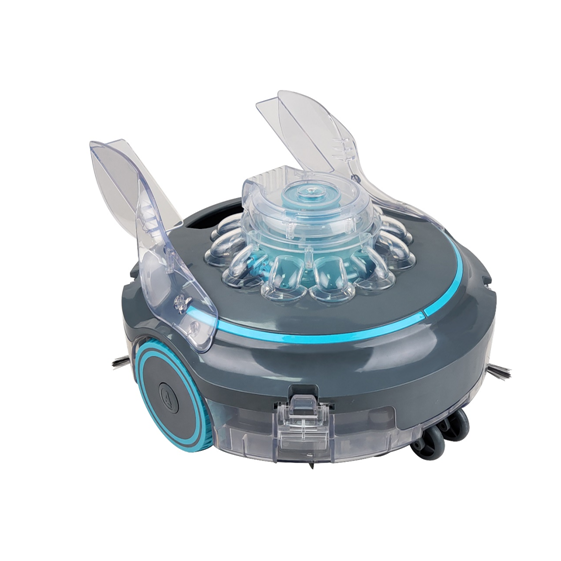
Using the Robot on Recommended Pool Surfaces
Your pool robot performs best when used on surfaces it is designed for. Manufacturers often specify the types of surfaces their robots can handle, such as vinyl, fiberglass, or concrete. Using the robot on incompatible surfaces can lead to faster tire wear and reduced cleaning efficiency.
Tip: Check your pool's surface type and match it with the robot's specifications. If your pool has a rough surface, consider upgrading to heavy-duty tires designed for durability.
Avoid running the robot outside the pool or on uneven surfaces. These actions can damage the tires and other components. By sticking to recommended surfaces, you help your robot last longer and work more effectively.
Following Manufacturer Guidelines
Manufacturer guidelines are your best resource for maintaining your pool robot. These instructions include essential details about proper usage, cleaning, and storage. Ignoring these guidelines can lead to unnecessary wear and tear.
- Read the user manual thoroughly before using the robot.
- Follow the recommended cleaning schedule and maintenance steps.
- Use only approved replacement parts, including tires.
Reminder: Manufacturers design their guidelines to maximize the lifespan of your robot. Following them ensures optimal performance and reduces repair costs.
Scheduling Routine Maintenance
Routine maintenance keeps your pool robot in top condition. Set a schedule to inspect and clean the tires, even if the robot appears to be working fine. Regular checks help you catch small issues before they become costly problems.
- Inspect the tires weekly for cracks or thinning rubber.
- Clean the tires after every use to remove debris and chemicals.
- Replace worn tires promptly to avoid straining the motor.
Note: Consistent maintenance not only extends the life of your tires but also improves the overall performance of your pool robot.
Regular maintenance and proper storage keep your pool robot tires in top shape. Avoid common mistakes like leaving the robot in the pool too long. These steps improve cleaning performance and save money.
Tip: Follow these tips consistently to maximize your robot’s efficiency and extend its lifespan. A little care goes a long way!
FAQ
How often should you inspect your pool robot tires?
Inspect your pool robot tires weekly. Regular checks help you spot cracks, thinning rubber, or embedded debris before they cause performance issues.
Tip: Increase inspection frequency if your pool has rough surfaces like concrete.
Can you use any replacement tires for your pool robot?
No, always use manufacturer-approved replacement tires. These ensure compatibility and maintain your robot's performance.
Reminder: Check your user manual for recommended tire models.
What should you do if your pool robot struggles to climb walls?
Check the tires for wear or debris. Worn tires reduce traction, making wall climbing difficult. Clean or replace the tires as needed.
Note: Proper tire maintenance restores your robot's climbing ability.

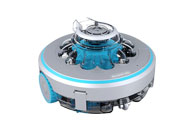 Robotic Pool Cleaner
Robotic Pool Cleaner 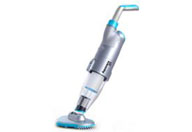 Portable Pool Vacuum Cleaner
Portable Pool Vacuum Cleaner 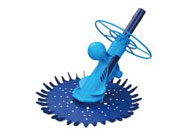 Automatic Pool Cleaner
Automatic Pool Cleaner 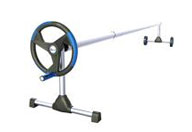 Pool Cover Reel
Pool Cover Reel 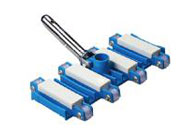 Pool Cleaning Accessories
Pool Cleaning Accessories 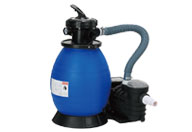 Pool Filter Pump
Pool Filter Pump 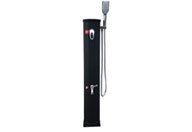 Pool Solar Shower
Pool Solar Shower 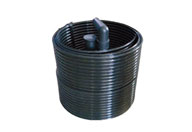 Pool Solar Collector
Pool Solar Collector 